
How can you measure the performance of the scrubber?
Pete Steggle’s CO2 temperature sensor
2005
In 2002 Pete Steggle had his first ideas about building a sensor in his scrubber. Since it is a subject of many misunderstandings I asked Pete several questions about the system. The principle seems to be in intended function
the same as in the Evolution, although Pete and APD did not work together. Since the system in the Evolution is not explained in detail there can be big differences!
Pete: Regarding the CO2 sensing system you developed I would like to ask you some questions:
JW: Is it correct that when a new pack of Sofnolime® is breathed through the temperature rises up to approx 17 degree C throughout the whole scrubber?
P:Well on the bench I get up to a 30C rise over ambient. I’ve had 50C in the stack!! I’ve had 25C delta C while diving!
JW: After that in layers the temperature drops starting on the bottom side of the scrubber and this temperature drop moves as a front towards the end of the scrubber?
P: Correct. The “Hot front” first moves up through the stack, and then the “Cold front” moves up from the bottom as the lime is consumed.
JW: In your scrubber there are 8 sensors so you can see the temperature front moving through the scrubber?
P: Correct.
JW: Can you confirm this moving front principle?
P: Yes.
JW: Do you also compensate the exterior temperature and increasing gas flow?
P: Not gas flow, the system ONLY looks at delta C. Delta C being change in temperature, or temperature gain of the gasses that travel through the scrubber.
JW: Does it function properly?
P: Works a treat. First conceived the idea over the winter of 2002 / 2003 and had it built for March 2003.
JW: Is it reliable and how did you test it?
P: Designed in my head and on the bench, software written by me, all hardware made by me. The software produced the most swearing, as the processors arrived with no instructions, the programming software with cryptic instructions, and the display came with cryptic and incorrect instructions! Only thanks to the guys at Lascar Electronics did I manage to pinpoint the errors in Epson “data” sheets. Nice display, shit instructions. Testing? Sat at home with the scrubber on my back watching the TV, and then 60m deep in the English Channel on Trimix. It works a treat, takes a few minutes to warm up, then the bars on the graph start to rise. The whole scrubber is hot at 60m, with delta C of over 25C. On the ascent, the scrubber temperatures even out as CO2 production and gas flows drop. I didn’t think it would do that, but it did. I think that this was showing that the scrubber was hot all the way through, and that there was still no “cold front” after 1 hour in the water. Because of this, I’m now going to modify the system (software changes) to show lowest absolute temperature as a pair of numbers at one end of the display. I have already modified the software so that “bubbles” move along the display to indicate gas flow direction, but that may come out. I think the numbers would be more important. Maybe I’ll have both. Trying to give absolute temperatures on the system was a real headache, because units need to be able to work in icy lakes to tropical seas. Add that range of temperatures to the delta C of 25 / 30C and you have a VERY wide operating range. And it doesn’t matter what the temperature is, it is the CHANGE that matters as you are monitoring an exothermic reaction. I have yet to push the scrubber to the limits with this fitted, but it will be going to Vakarufahli with me next Friday!! 6 days to go, and I’m not excited. No, not exited at all. I also lie a lot!! I’ll be pushing the scrubber harder out there than I do here, quite simply because an Island in the middle of the Indian Ocean has a finite supply of Sofnolime®, and I’m there for 4 weeks!!
JW: What do you think of the temperature CO2 sensing system in the evolution? Does it work in a similar way?
P: I knew they were doing something very similar, but I have not seen it yet. I think they may even be using the same sensors as me, but who knows?
Pete
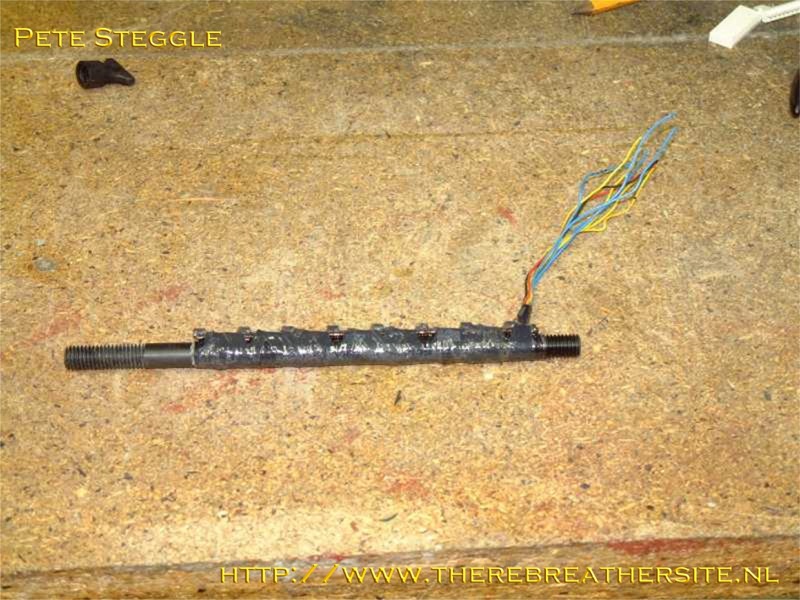
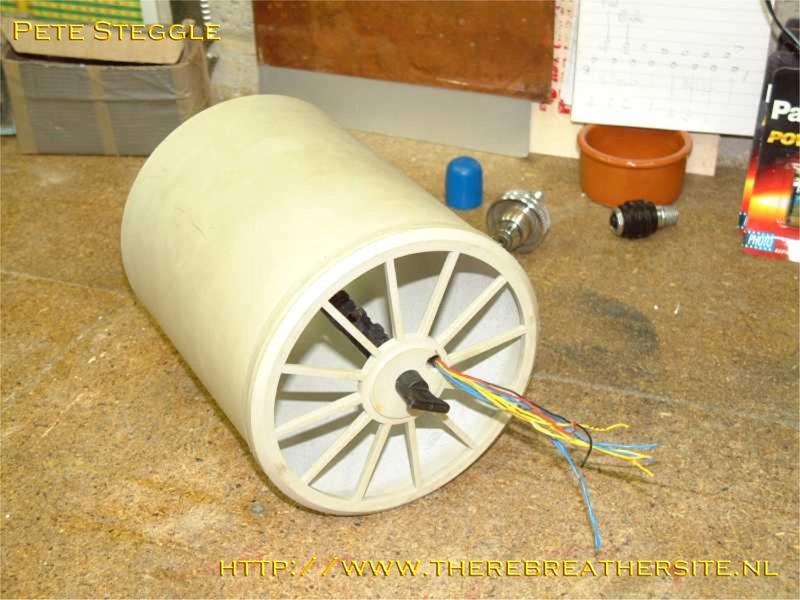
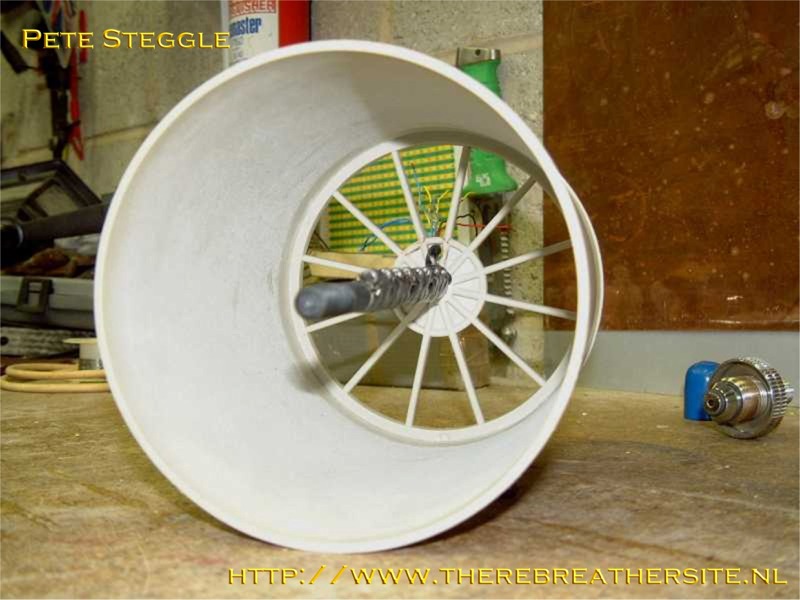
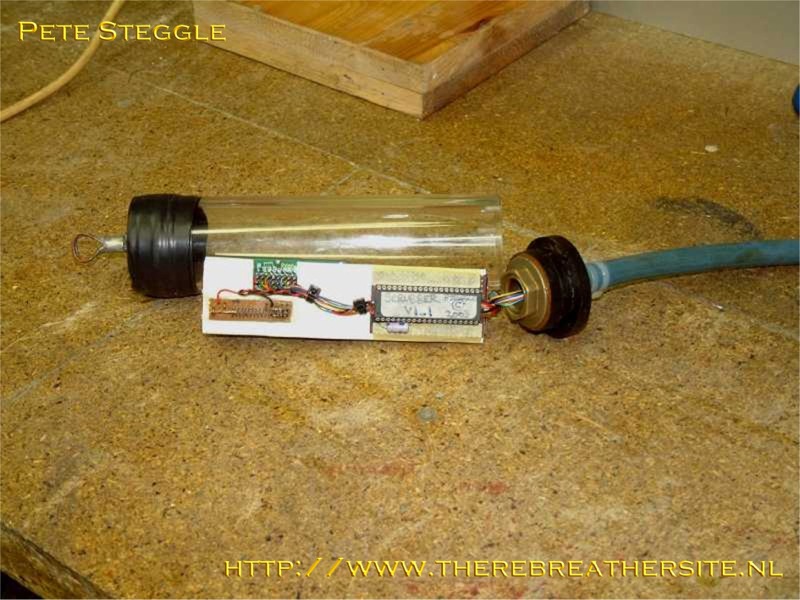
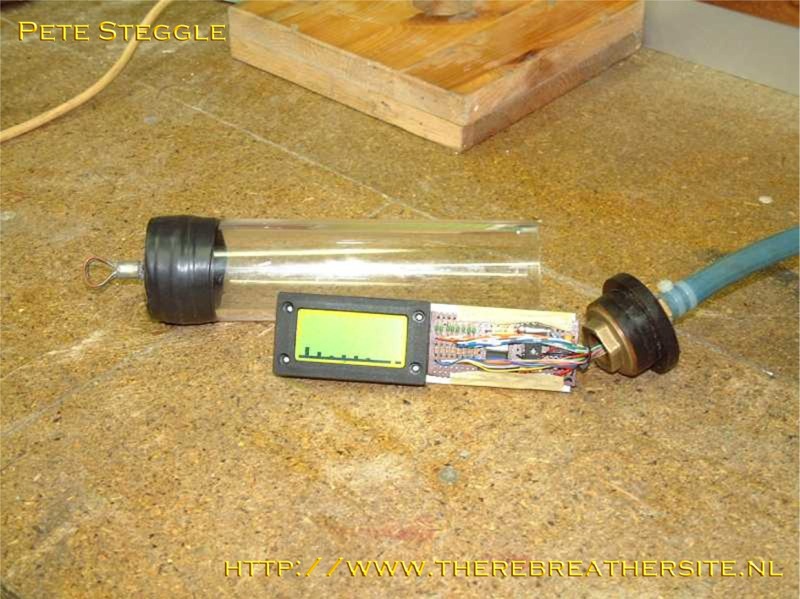
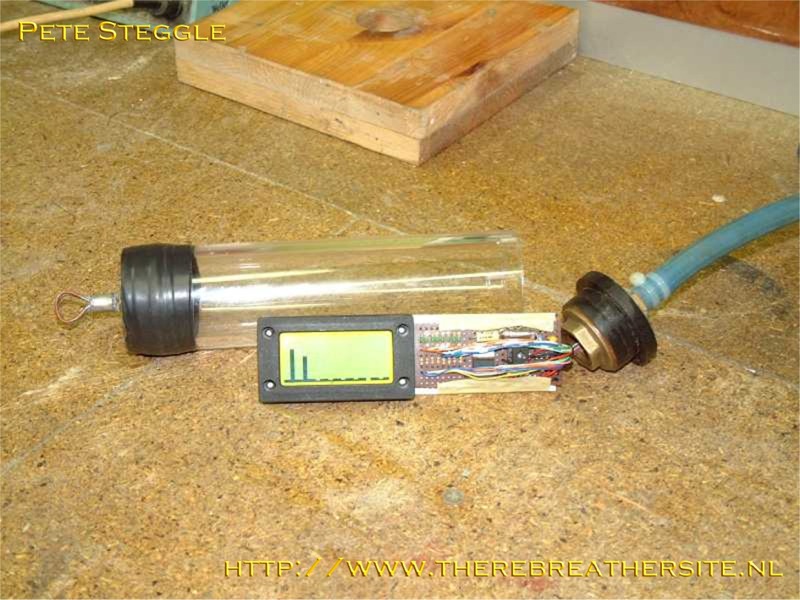
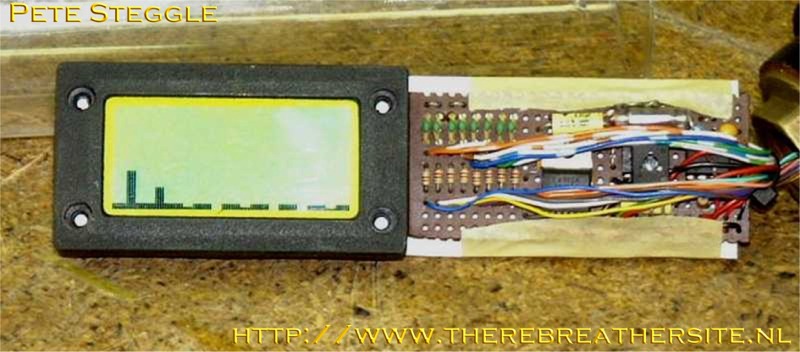
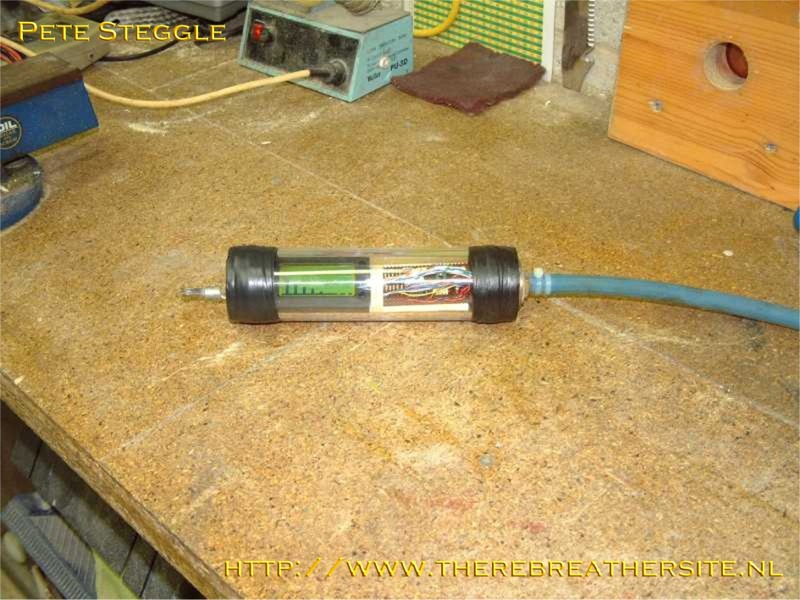

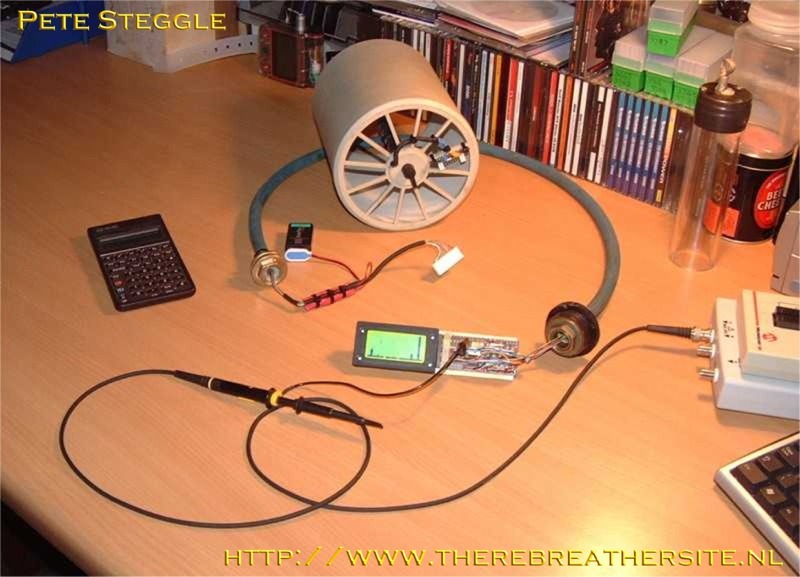
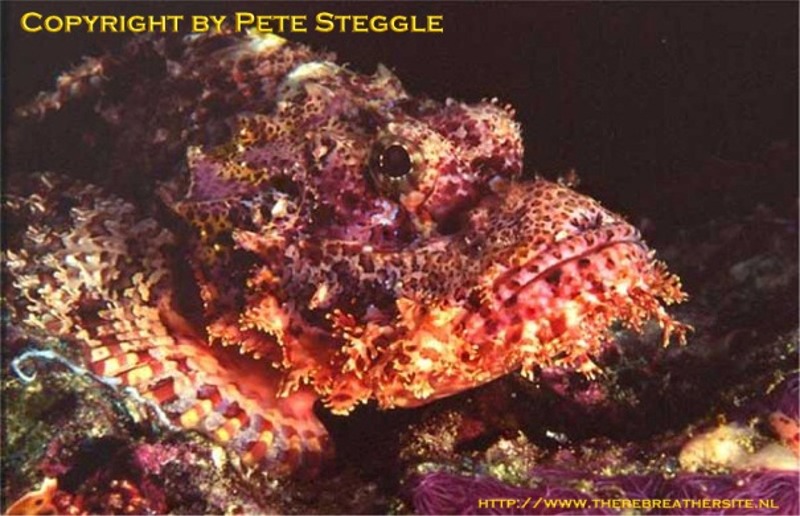
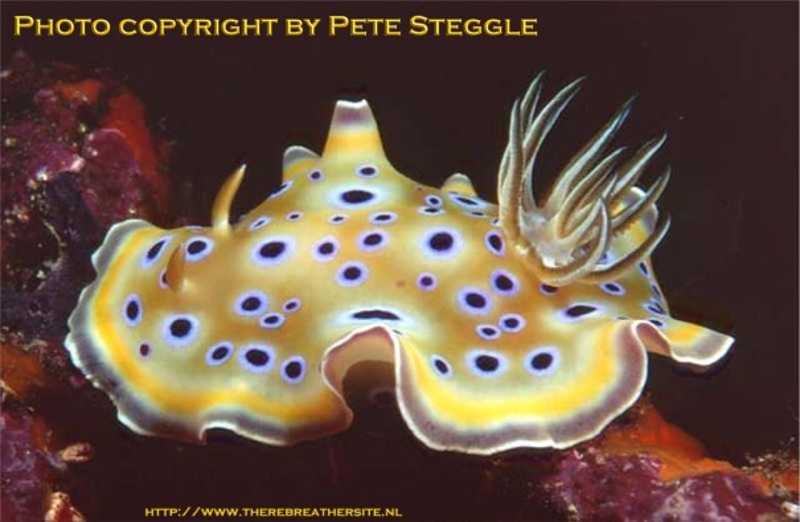
Pete, thank you very much for sharing this information with us. I am sure many questions will be asked.
Pete can be contacted here

Therebreathersite was founded by Jan Willem Bech in 1999. After a diving career of many years, he decided to start technical diving in 1999. He immediately noticed that at that time there was almost no website that contained the history of closed breathing systems. The start for the website led to a huge collection that offered about 1,300 pages of information until 2019. In 2019, a fresh start was made with the website now freely available online for everyone. Therebreathersite is a source of information for divers, researchers, technicians and students. I hope you enjoy browsing the content!
